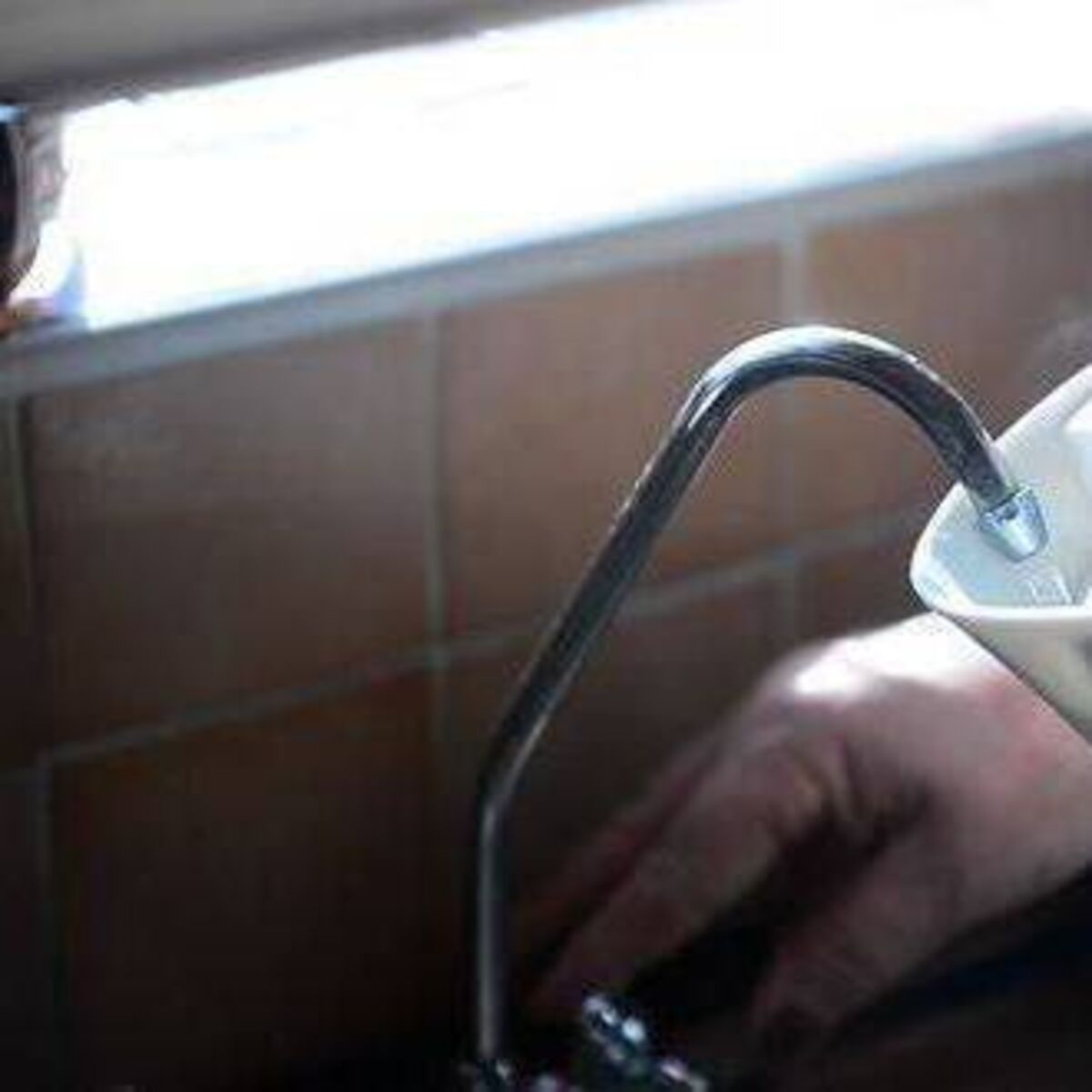Privatisation via PPP: Crores for Yoga Day, but Andhra government has no funds for medical colleges
By Muhammed Fazil,Sumit Jha
Copyright thesouthfirst

Privatisation via PPP: Crores for Yoga Day, but Andhra government has no funds for medical colleges
The shift represents a fundamental change in the approach to medical education in the state, moving away from direct government control toward private sector involvement in infrastructure development and potentially operations.
Synopsis: Healthcare experts and former bureaucrats are sounding alarm bells regarding the proposed Public-Private Partnership model for establishing medical colleges in Andhra Pradesh, warning that it could be a dangerous shift toward commodifying medical education and healthcare delivery.
As Andhra Pradesh plunges into a bitter political battle over establishing 10 new medical colleges under a Public-Private Partnership (PPP) model, healthcare experts and former bureaucrats are sounding alarm bells about what they see as a dangerous shift toward commodifying medical education and healthcare delivery.
“Health is not a commodity to be traded — it is a matter of life and death,” warned Dr PV Ramesh, retired IAS officer and former Principal Health Secretary of Andhra Pradesh.
“This new PPP push is nothing but a way to hand over medical colleges to friends and relatives of the ruling party. It will not improve healthcare, it will not expand genuine access to education, and it will not produce well-trained doctors.”
The criticism arose after former chief minister YS Jagan Mohan Reddy threw down a gauntlet to the current TDP-led government, threatening to cancel all PPP tenders if his party returns to power.
“Anyone can participate in the tenders, but I am warning each and every one, when we come to power, we will cancel these tenders, take back the tenders,” Jagan declared, creating uncertainty among potential private investors.
Also Read: YSRCP abandons three-capital plan for Andhra, backs Amaravati
The ambitious 17-college legacy
The current PPP controversy has its roots in the previous YSRCP government’s ambitious medical college expansion programme. The YSRCP administration had announced 17 new medical colleges with varying budget allocations based on infrastructure requirements.
The highest allocation was ₹550 crore for Machilipatnam, followed by ₹525 crore for Eluru and ₹505 crore for Bapatla. Eight colleges, including Paderu, Piduguralla, Pulivendula, Vizianagaram, and Narsipatnam, were granted ₹500 crore each. The remaining eight colleges — Amalapuram, Rajahmundry, Palakollu, Markapur, Madanapalli, Penukonda, Adoni, and Nandyal — were allocated ₹475 crore each. Parvathipuram was added later as the 17th college, bringing the total project cost to ₹8,480 crore.
Of them, five colleges — Vizianagaram, Rajahmundry, Eluru, Machilipatnam, and Nandyal — started functioning after the National Medical Commission granted them 150 seats each.
Phase 2 ( proposed 2024-25 admissions) involved five colleges with a total approved cost of ₹2,425 crore. Under the previous government, work worth ₹745 crore was completed. However, operational results were mixed: Paderu began functioning with only 50 seats, Pulivendula initially received permission, but the new government later had it withdrawn, while Adoni, Markapur, and Madanapalli failed to achieve operational status.
Phase 3 (proposed 2025-26 admissions): The seven colleges in this phase — Bapatla, Narsipatnam, Amalapuram, Palakollu, Penukonda, Parvathipuram, and Piduguralla — had an approved construction cost of ₹3,530 crore. Physical progress under the previous government was at ₹522 crore (14.78%).
According to Health Minister Satya Kumar Yadav, the financial performance was underwhelming during the four years of YSRCP governance. The previous government spent around ₹2,000 crore but paid bills totalling only ₹1,451 crore.
Under the model proposed by the YSRCP government, only 15 percent of seats were sought to be kept under “NRI quota” (with a high fee) while the rest were given at a nominal fee. The NRI quota was meant to enable the colleges to become largely self-sufficient.
The new government’s PPP model incorporates colleges from Phases 2 and 3 plans.
Following its 4 September Cabinet meeting, the Chandrababu Naidu government approved developing these 10 medical colleges through PPP arrangements: Adoni (Kurnool), Madanapalli (Annamayya), Markapur (Prakasam), Pulivendula (Kadapa), Penugonda (West Godavari), Palakollu (West Godavari), Amalapuram (Dr BR Ambedkar Konaseema), Narsipatnam (Anakapalle), Bapatla, and Parvathipuram (Parvathipuram Manyam).
Surprisingly, the proposed college at Piduguralla, which was part of the original plan, appears to have been dropped altogether, as it does not figure in the list of colleges selected under the PPP model.
The implementation strategy involves a phased approach with draft Requests for Proposals and concession agreements cleared for four priority colleges in the first phase: Adoni, Markapur, Madanapalli, and Pulivendula. The remaining six colleges will proceed after the feasibility reports are finalised.
This represents a fundamental policy shift from the previous YSRCP administration’s public sector approach to a PPP model. The government justifies this transition by stating that “PPPs can reduce design, financing and implementation risks, improve project efficiency, and provide long-term value for money.” Construction under this model targets completion for the 2027-28 academic year admissions.
Financial implications: With ₹1,451 crore already expended and ₹650 crore in uncleared payment status, the incoming administration faces the task of spending ₹6,379 crore to complete the remaining work. The new TDP-led government has decided to get into the PPP model, wherein private players are expected to fund the balance works.
Not in people’s interest
Several key questions emerge here, considering health forms part of a “fundamental obligation” of any government towards its people. For this government, which, as alleged by YSRCP, spent almost ₹300 crore on a single-day event on Yoga Day ostensibly to promote good health (though critics felt it was meant to earn brownie points from Prime Minister Narendra Modi), is it a big ask to allocate funds enough to complete the pending works on the 10 medical colleges?
Second, what would be the implications in terms of seats for students and healthcare for patients? From a nominal ₹ 15,000 per year fee for merit/reservation seats in a government medical college, private colleges in Andhra Pradesh are currently charging more than ₹3 crore for an MBBS course.
Also, while treatment in government hospitals attached to a medical college is free, private hospitals linked to institutions under the PPP model could turn out to be expensive for patients.
Chief Minister Naidu claimed at a recent conference that neither the rules governing admissions nor treatment to patients would change even if the colleges move from the public sector to a PPP model. But the moot question is, why would any private player invest ₹ 500 crore in a college without any benefit? There is no answer to this.
Experts are questioning whether the PPP model serves public interest or private profit, as the shift represents a fundamental change in the approach to medical education, moving away from direct government control toward private sector involvement in infrastructure development and potentially operations.
Dr MV Ramaiah, President of Praja Arogya Vedika, warned of severe consequences for social equity. “Under the PPP model, 50 percent of the seats will effectively be converted into private or NRI quota. This will directly impact the reservation system,” he explained.
“In a government medical college with 100 seats, currently about 85 percent of seats are under government control, which allows proper implementation of reservations. But under the PPP model, only 50 percent will remain under the government’s convener quota, and the rest will go into private hands.”
This mathematical reduction in reserved seats has profound implications for social justice. As Dr Ramaiah calculated, “If 100 seats are available, instead of 50 seats being reserved, only around 25 seats will remain under reservation. The rest will be outside the purview of social justice. In addition, 15 percent of the seats are already set aside for the national quota, further reducing opportunities for local students.”
Also Read: Andhra Pradesh CM Chandrababu Naidu orders tech-driven policing
The financial burden on students
The cost implications are staggering. While government colleges charge about ₹15,000 annually, private management can push fees up to ₹12-15 lakhs per year. ”
In some cases, ‘C category’ seats cost around ₹20 lakhs per year — which means nearly ₹1 crore over the five-year course duration,” Dr Ramaiah noted. “This makes medical education inaccessible to poor and middle-class students.”
Dr Ramesh echoed these concerns, pointing to the broader commodification of medical education.
“In private colleges, students pay anywhere between ₹2 crore and ₹5 crore for an MBBS seat. These colleges are minting money, while the quality of education is collapsing. Medicine cannot be learned from YouTube videos or textbooks alone — it requires real patients, real cases, and skilled mentors.”
Systemic healthcare challenges
Dr Ramesh identified deeper structural problems in the healthcare sector across the Telugu states.
“There are twin problems in the health sector. The first issue is the unchecked growth of the private sector. The second problem lies in governance. There is virtually nobody in the bureaucracy who has a comprehensive understanding of health sector management. Politicians are interested only in projects that are big, visible, and personally beneficial — to themselves, their families, or their caste networks,” he said.
The deterioration of government healthcare is stark.
“When I joined the IAS in 1985, both my children were born and raised in government hospitals. In the 1990s, this was the norm. Today, even my driver or attendant would not take their child to a government hospital, because the quality has deteriorated so badly,” Dr Ramesh recalled.
Also Read: Speedy governance and accountability top Andhra CM Naidu’s agenda
Alternative solutions proposed
Rather than expanding through PPP, experts advocate for strengthening existing infrastructure. “My advice is clear: No more indiscriminate medical colleges. Instead, use existing ones to create speciality hospitals — one for cancer, another for cardiology, nephrology, neurology — bring in the best doctors, pay them well, and turn them into centres of excellence,” suggested Dr Ramesh.
Dr Ramaiah proposed a simpler approach: “The government says it doesn’t have adequate money to build and maintain colleges immediately. In that case, it can start with five colleges and gradually add two more at a time, rather than adopting PPP.”
He advocates for increased government health spending: “The solution is simple: the government must increase health spending as a share of GDP and improve facilities in government hospitals. New medical colleges should be established — ideally one in each parliamentary constituency — but they must remain under government control.”
(Edited by Muhammed Fazil.)



